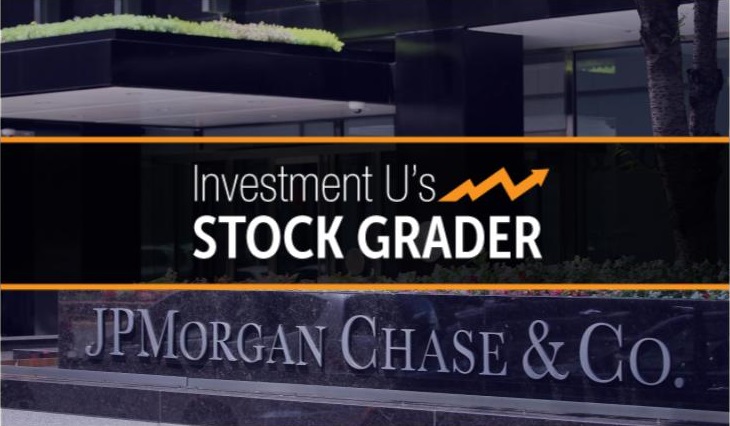A REIT You May Want to Hold On to in 2020

Though real estate investment trusts (REITs) generally pay solid dividend yields, many investors are still scared of them.
Understandably so…
While the broad market is only 3% off its all-time high, the real estate sector, as measured by the iShares U.S. Real Estate ETF (NYSE: IYR), is still 20% from its high.
W.P. Carey (NYSE: WPC) is down more than 24% from its high. It sports a 6% yield, but how safe can a real estate dividend be in this economy?
It makes sense that investors would want nothing to do with a commercial real estate play considering that retailers like Brooks Brothers, J. Crew and Tailored Brands (NYSE: TLRD), the owner of Men’s Wearhouse and Jos. A. Bank, are going bankrupt and other Main Street businesses are closing their doors for good.
But W.P. Carey has an interesting portfolio of real estate assets that should help it survive the new pandemic economy.
Its top tenant is U-Haul, followed by a German retailer and the government of Spain. W.P. Carey also rents properties to hotel chains, private schools and auto dealers.
The 47-year-old company has raised its dividend for 22 years straight, including last month, when it boosted the quarterly payout to $1.042 per share.
The dividend has increased for 75 quarters in a row, including during the financial crisis and during the COVID-19 crisis. That’s an impressive commitment to dividend raises.
In the second quarter, management reported that 96% of rents had been paid, including 99% of office tenants and 98% of retail tenants. Most of the company’s retail tenants are located in Europe.
Through the first six months of the year, W.P. Carey generated $430 million in funds from operations (FFO), a measure of cash flow used by REITs. It paid out $361 million in dividends, so cash flow covers the dividend and then some.
This year, despite the pandemic, FFO is expected to rise to $810 million from $786 million.
Being a landlord is not an easy business in 2020. But W.P. Carey’s portfolio mix, ample cash flow and impressive history of regular dividend raises make the dividend quite safe for now.
Dividend Safety Rating: A
If you have a stock whose dividend safety you’d like me to analyze, leave the ticker in the comments section.
You can also check to see if I’ve written about your favorite stock by entering the company name (the name works better than the ticker symbol) in the search box at the upper right corner of the Wealthy Retirement homepage.
Good investing,
Marc








